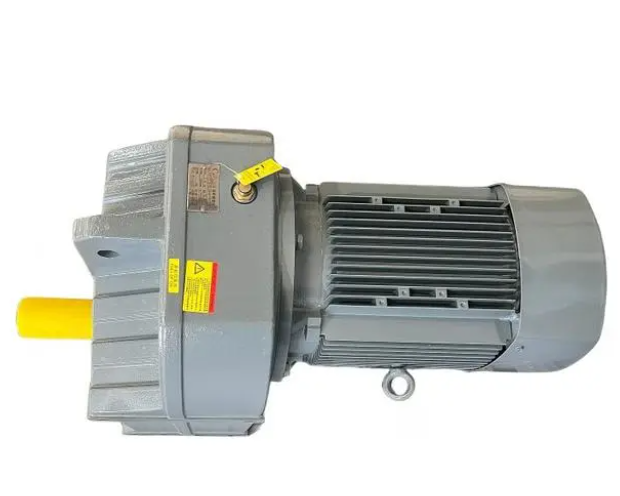What are the commonly used evaluation indicators for the efficiency of reducers

The commonly used evaluation indicators for the efficiency of reducers mainly include the following aspects:
mechanical efficiency
Definition: It is an indicator that measures the ability of a gearbox to effectively convert input power into output power, expressed as the ratio of output power to input power, usually expressed as a percentage.
Meaning: The higher the mechanical efficiency, the smaller the energy loss of the gearbox during power transmission, which can more effectively transfer power from the input shaft to the output shaft, reflecting the overall transmission performance and energy utilization efficiency of the gearbox.
gear ratio
Definition: It is the ratio of the input shaft speed to the output shaft speed of the gearbox, and also equal to the ratio of the output torque to the input torque (in an ideal situation, without considering power loss).
Meaning: An appropriate transmission ratio can enable the gearbox to achieve ideal speed and torque conversion under different working conditions, meeting the needs of various mechanical equipment. It is of great significance for the application range and performance matching of the gearbox.
Torque loss rate
Definition: Refers to the proportion of reduction in output torque compared to input torque during the transmission process of a gearbox.
Meaning: The torque loss rate directly reflects the energy loss of the gearbox during the transmission of torque. The lower the loss rate, the more effectively the gearbox can transmit torque and the higher the transmission efficiency.
temperature rise
Definition: Refers to the increase in the body temperature of a gearbox relative to the ambient temperature during operation.
Meaning: Excessive temperature rise usually indicates significant energy loss inside the gearbox, which may be caused by poor gear meshing, insufficient lubrication, bearing damage, and other reasons leading to increased frictional heat generation, affecting the efficiency and service life of the gearbox.
noise level
Definition: Refers to the noise level generated by the gearbox during operation, usually expressed in decibels (dB).
Meaning: Noise mainly comes from the vibration and friction of components such as gear meshing and bearing rotation. A lower noise level usually means that the gear machining accuracy of the reducer is high, the meshing is good, and the internal components run smoothly, which helps to improve its efficiency and reliability.
service life
Definition: Refers to the working time during which a gearbox can maintain its performance indicators within the specified range under normal working conditions.
Meaning: Gearboxes with a long service life usually have better wear resistance, fatigue resistance, and reliability, which means that they can maintain higher transmission efficiency more stably throughout their entire service life, reducing costs and time losses caused by frequent maintenance or replacement.

